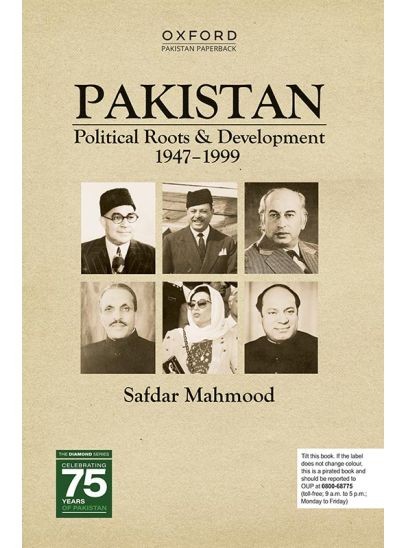1947: Pakistan was created as a separate nation for Muslims of the Indian subcontinent after British India was partitioned.
1947-1958: Early years marked by political instability, with power struggles between the military, politicians, and civil bureaucracy.
1956: Pakistan became a republic with its first constitution, but frequent changes in leadership and political instability persisted.
1958: First military coup led by General Ayub Khan, who declared martial law and became the President.
1962: New constitution under Ayub Khan, consolidating his authoritarian rule.
1965: War with India over Kashmir, which ended in a stalemate but boosted national pride.
1969: Ayub Khan resigned, and power was transferred to General Yahya Khan, who imposed another martial law.
1971: Civil war in East Pakistan, resulting in the creation of Bangladesh after India’s intervention.
1973: New democratic constitution adopted, providing for parliamentary democracy.
1977: Zulfikar Ali Bhutto, the elected prime minister, was ousted in a military coup by General Zia-ul-Haq.
1977-1988: Zia-ul-Haq ruled as a military dictator, Islamizing Pakistan’s laws, while political instability and economic challenges continued.
1988: Zia’s sudden death in a plane crash led to the return of democratic politics with Benazir Bhutto, daughter of Zulfikar Ali Bhutto, becoming the first female Prime Minister.
1990s: Political instability continued with alternating civilian governments led by Benazir Bhutto and Nawaz Sharif.
1999: Nawaz Sharif’s government was overthrown in a military coup led by General Pervez Musharraf, marking the end of the civilian rule for the time being.

To install this Web App in your iPhone/iPad press
![]() and then Add to Home Screen.
and then Add to Home Screen.

